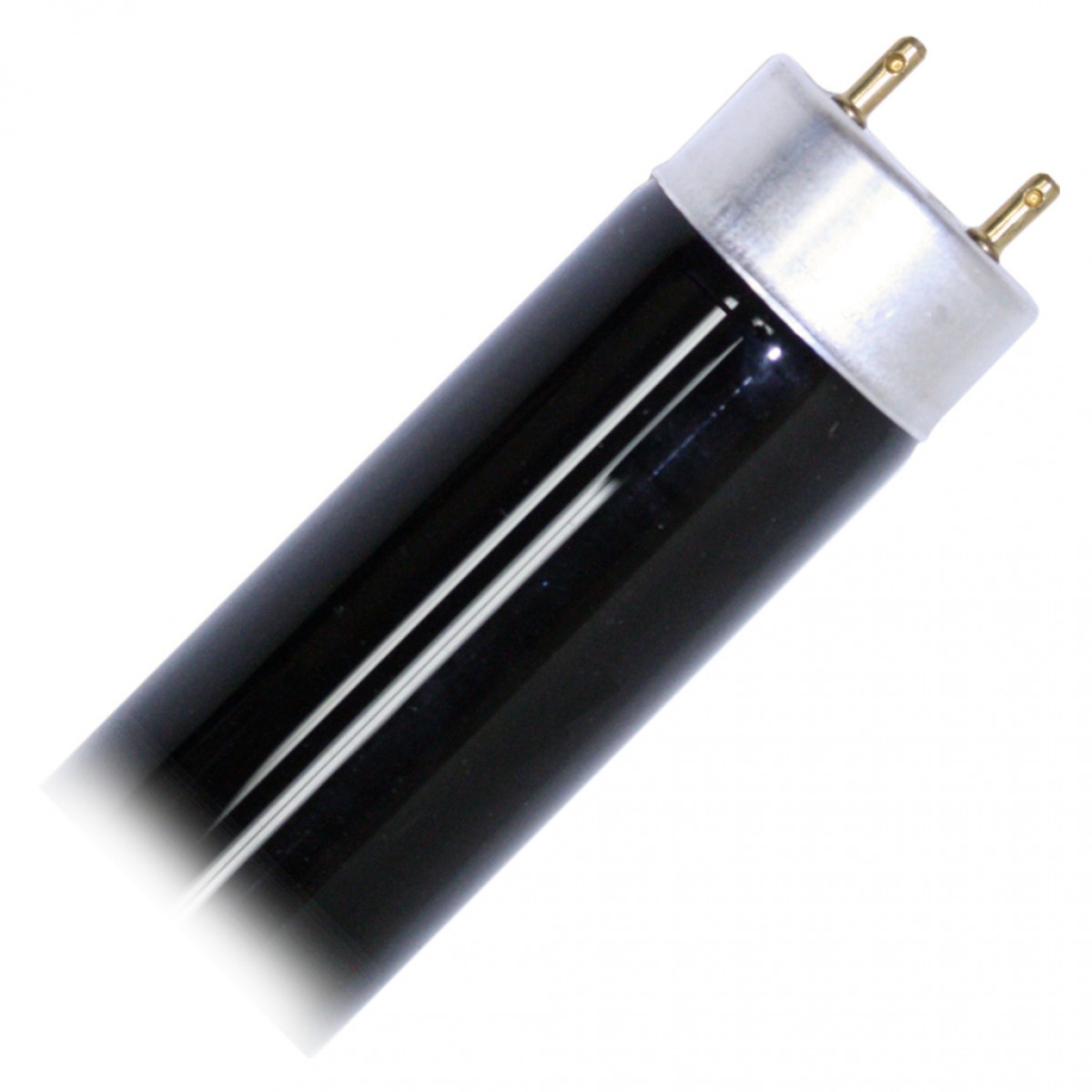

Since then more efficient sources have come to light. The first black light was created by using a UV filter called Wood's glass over the bulb. Shapes and Types of Black Light Bulbsīlack lights can be fluorescent tubes, CFLs, mercury-vapor lamps, incandescent, or LED. There are also some plants and animals that glow under UV light including some species of scorpions and fungi. "Invisible" ink is also used by some children's party centers to stamp a parents' hand to a matching number on their child's to prevent adults from leaving with a child they did not bring to the event. There are also inks and dyes that contain fluorescent ink that can "invisibly" mark items, which can be used for anything from passing secret notes to marking items to be recognizable if stolen. White and neon colors react the best, especially orange, yellow, pink, and green.īlack light bulbs are used to authenticate oil paintings, some antiques, and catch counterfeit currency. You've probably been to a bowling alley or college party that used black lights to make clothing glow. Ultra-violet light causes some materials to glow or fluoresce, which is brought out by blocking most of the light in the visible spectrum. BL black light bulbs tend to skew more towards a blue light than purple and are made for use in bug zapper insect traps.

These black lights are labeled "blacklight" or "BL" since they lack the blue filter that gives the first type the name. The second kind can look like a standard fluorescent tube. The filter causes these bulbs to look purple or dark blue even when turned off. Black lights with the blue filter coating are called "blacklight blue" or "BLB" by manufacturers. When you think of black lights, you're probably thinking of the first kind. A bulb can either use a filter to block most visible light and only allow ultraviolet light through or it can produce ultraviolet light and limited light in the visible spectrum. This is a very uncommon use for UV-A, though, as UV-C lamps and even UV-B light bulbs have more germ-killing efficacy.A black light is a bulb that emits ultra-violet (UV-A) light and not much visible light. The benefit is that the light can be used unshielded in occupied spaces. However, there are some light fixtures that utilize UV-A for low levels of disinfection. UV-A light is not usually utilized for germicidal lighting purposes, as the exposure times to damage microbes are very high. It is still prudent to avoid long exposure times, especially if looking directly at the light. UV-A is relatively low power, longer wavelength ultraviolet light and is considered the safest of the UV spectra.

They can also be used to detect organic materials like searching for evidence of bed bugs. BLB blacklights are used for special effects and inspections such as mineral analysis. The filter blocks most visible light, leaving only a faint violet glow when the bulb is turned on. Common BL Blacklight ApplicationsīLB blacklights, by contrast, are easy to spot with their dark blue filter that covers the bulb. They are used for insect traps, tanning beds, UV curing, phototherapy, and other ultraviolet applications where visible light along with the UV is not a problem. BL Blacklight BulbsīL blacklights look just like standard fluorescent light bulbs. Both of them emit the same UV-A wavelength, but one blocks out most visible light where the other does not. However, UV-A bulbs are considered ultraviolet bulbs as their peak wavelength is in the ultraviolet part of the spectrum.īlacklights have two different designations, which you can usually find at the end of the part number for a given bulb. This part of the spectrum is called UV-A, and it is just inside the boundary with visible light. The fluorescent blacklight category consists of bulbs with phosphors that create a peak wavelength at 365 nanometers.



 0 kommentar(er)
0 kommentar(er)
